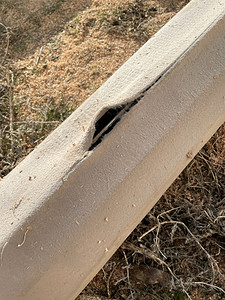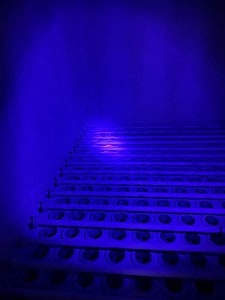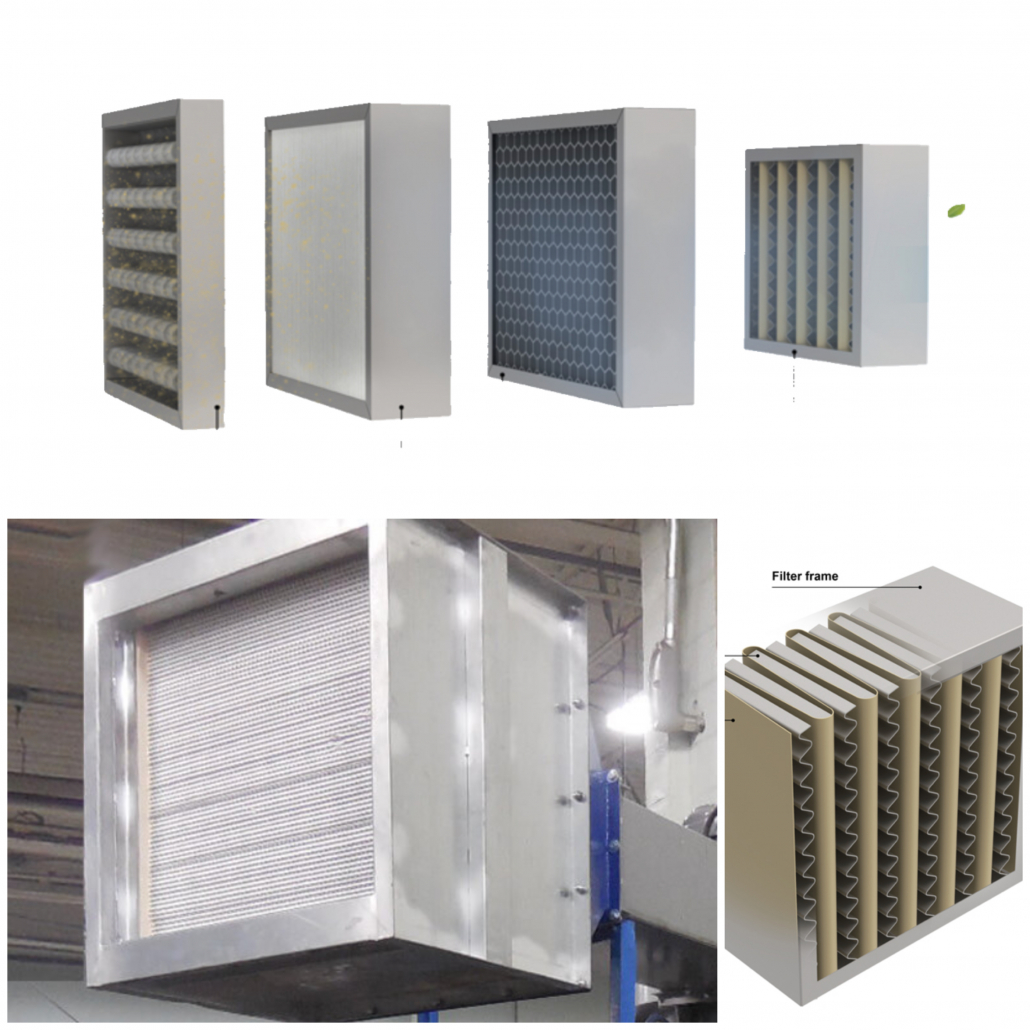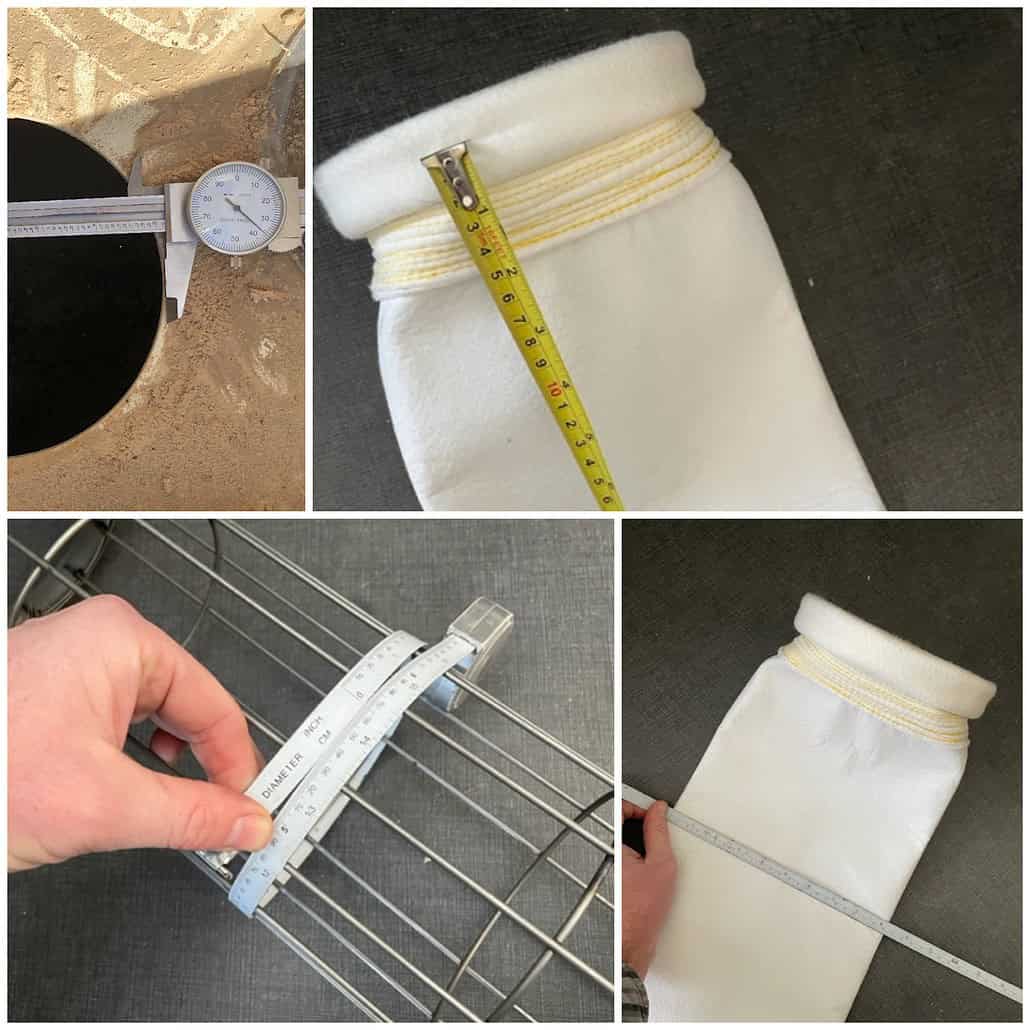How Often Should Baghouse Filters be Changed?
One of the most common questions we hear is, “How often do I need to change my baghouse filters?” The most accurate answer is – it depends. However, as that is not the answer you were hoping for, here is a general rule to help you estimate filter life:
In general, baghouse filters have a useful life of 1-3 years.
This is an average range for most filters in the most common applications where the dust load is not extremely heavy, and the gas stream and dust is not hot, abrasive, wet, acidic, etc. All of these factors will affect filter life.
A properly sized dust collector with plenty of filter area, collecting room temperature dust, running one shift, properly maintained, may only need the filters changed every three years. An undersized collector, run continuously for 24 hours per day, collecting an abrasive dust (silica dust, metal shavings, etc.) at elevated temperatures will certainly require filter changes more often, perhaps as often as monthly in some cases.
Why Do Baghouse Filters Need to Be Replaced?
The most common mechanisms for filter failure are:

This bag filter has a hole due to wear.
- Blinded filters that no longer filter dust
- Sparks/embers that burn small holes in the filter material.
- Wear damage caused by the filters rubbing against each other or the metal cages (improperly maintained cages).
- Temperature spikes that cause the baghouse temperature to exceed the filter design temperature.
- Chemical attack on the filters.
- Improperly installed filters.
Any of these reasons for failure result in leakage – dust making it past your filters and into the clean air stream. If the filters fail, dust will be released into the atmosphere or back into your building, depending on your system. This is obviously bad, as it means the dust collector is no longer doing its job.
How do I Know When my Filters Need to be Replaced?
There are a few ways to evaluate your filter condition, and some indicators that your filters need to be changed:
- Visual Inspection: Take a look at your filters and look for holes, rips, or signs of dust leakage. Look inside the clean air plenum in your dust collector – if there is any dust present, it is possible that one or more filters are leaking and require replacement.

UV Leak Test Identifying a Leaking Filter
- Visible Emissions: If your filters are working properly dust will be filtered out and only clean air will be visible coming out of the fan exhaust. If there is dust visible, you have a leak.
- Differential Pressure: Over time as your filters accumulate dust, your differential pressure gauge will creep upward. When your pulse jet, reverse air, or shaker system activates to clean your system, you should see the DP go down. If your filters are blinded the DP will remain high, meaning the filter cleaning system is no longer effectively clearing dust from your filters – it is time to change your filters. As a general rule, if your DP gauge reads greater than 6 in. WG your filters may be blinded. (Click here to learn more about pressure gauges).
- Leak Sensors: Leak sensors are available to detect broken filter bags downstream of the dust collector. A leak test can be used to identify a specific filter that is leaking. (Click here to learn more about broken bag detectors).
Have More Filter Questions? Contact Us to Speak to One of Our Baghouse Experts.
For more baghouse related training and information, be sure to check out our Baghouse Online Training page.






